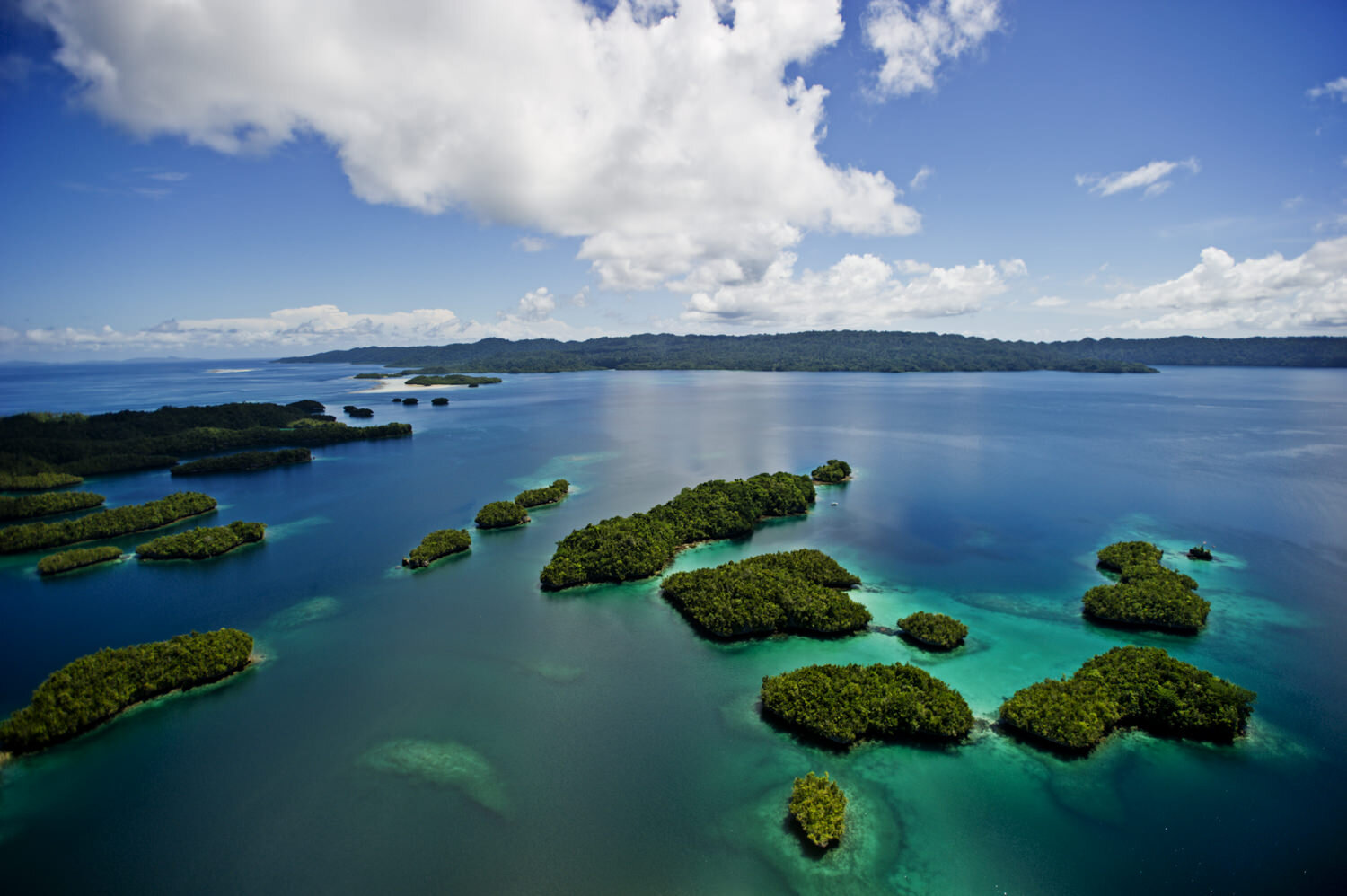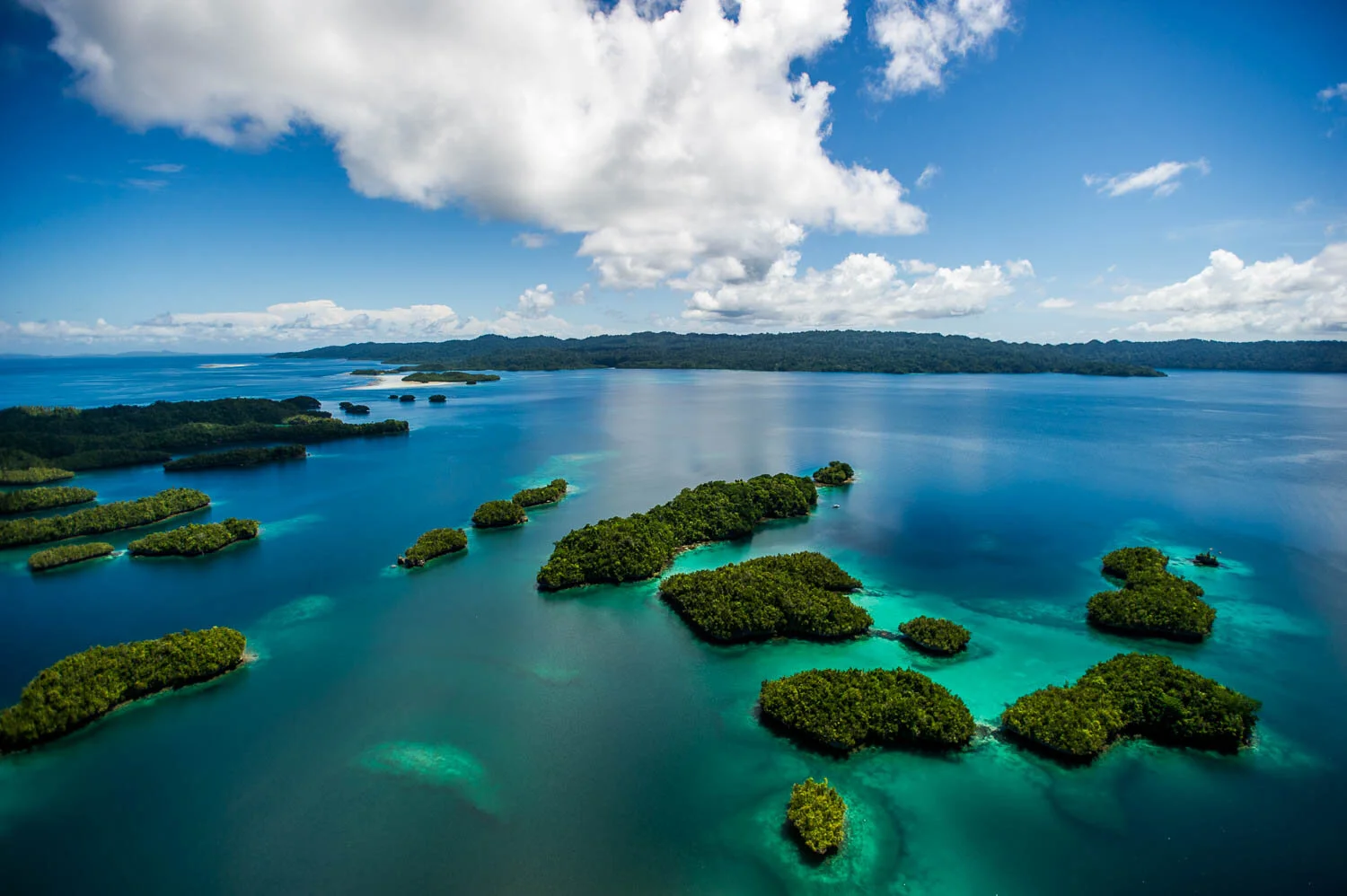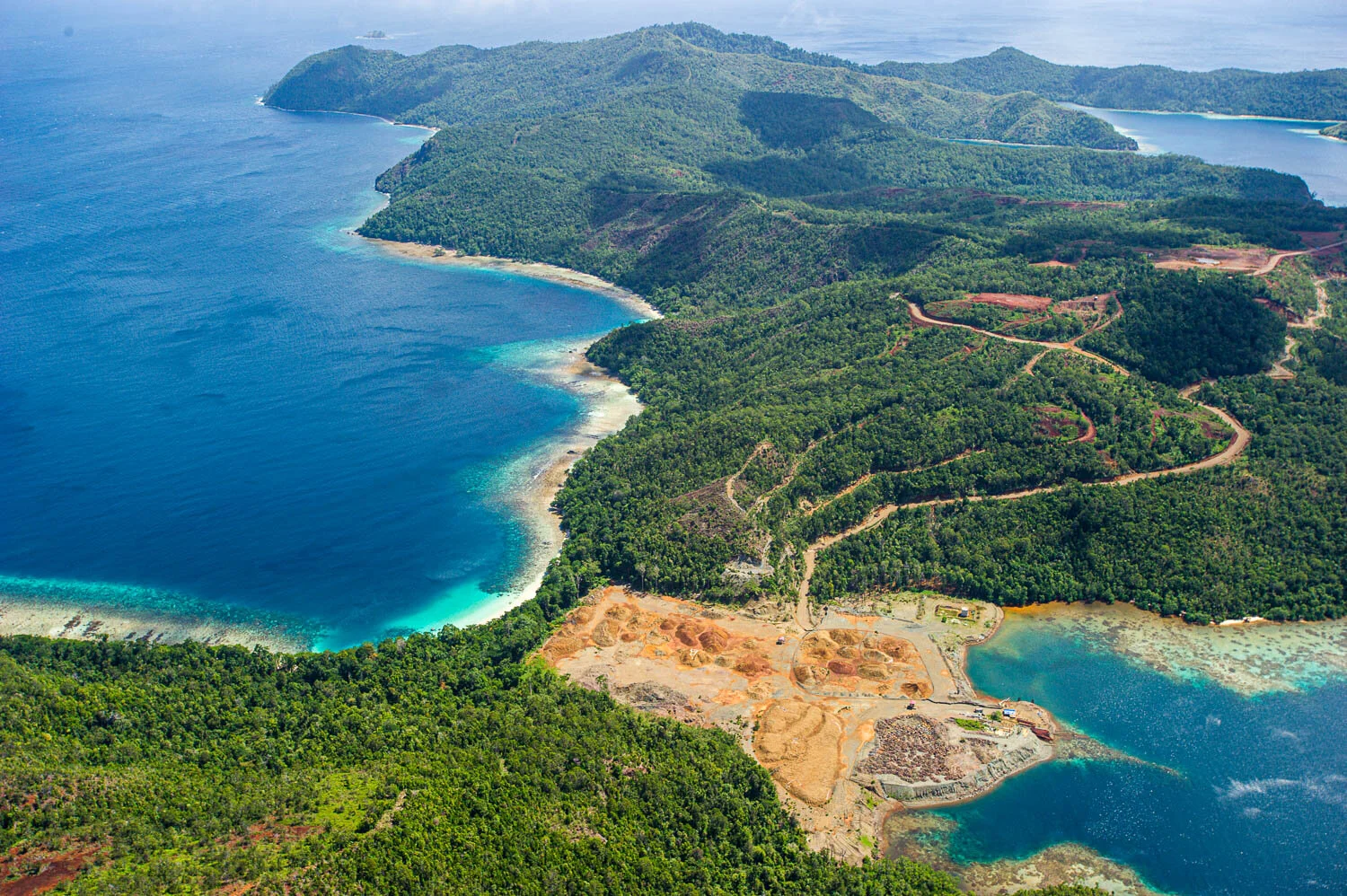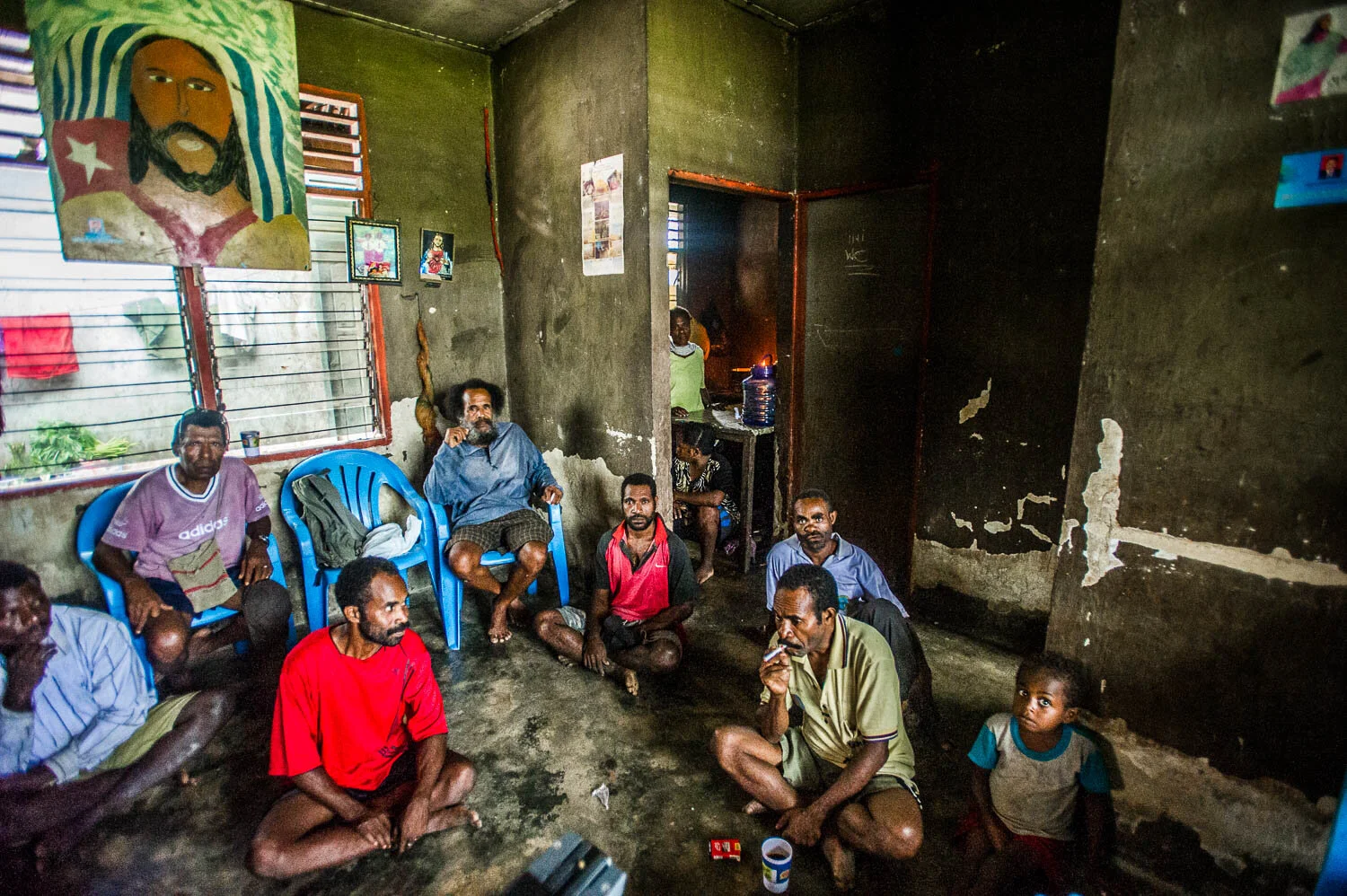
RESOURCE EXTRACTION IN WEST PAPUA
One of the last great frontier wildernesses, West Papua is also the backdrop to one of the most severely underreported conflicts in recent history.
West Papua is one of the last great frontier wildernesses. Over 250 distinct indigenous communities live amongst spectacular rainforests, mountains and coral ecosystems. But all is not well on the world’s second largest island – which now serves as a backdrop to one of the most severely underreported conflicts in recent history.
Officially a ‘special’ autonomous region of Indonesia, indigenous Papuans have been viciously fighting for independence since the 1960s, whilst big business and a ruthless Indonesian military seek to bolster their global economic standing by exploiting the territory’s immense reserve of natural resources.
Foreign journalists have been controversially banned from West Papua since 2004, so reporting on human rights abuses and environmental destruction has been severely limited. Yet Amnesty International estimates that between 100,000 and 400,000 Papuans have been killed since Indonesia took control of the territory in 1969. West Papua remains a militarized zone, allowing the Indonesian army to reap enormous profits from lucrative agreements with timber, mining and palm oil companies, while ruthlessly suppressing local people. The resources flow out to markets in the US & Canada, Europe, Australia and China.
I traveled undercover to West Papua in June this year where I found desperately poor communities deep in the forest that had been coerced into selling their land for as little as US$1 a hectare. I flew over islands scarred by nickel mines, in what is the richest marine environment on the planet. I saw sediment flowing freely into coral reefs and visited communities in conflict, as nickel mining interests battle for concessions. I also witnessed firsthand the outcomes of migration, from prostitution in the industrial port of Sorong to evidence of an alarming AIDS epidemic.











